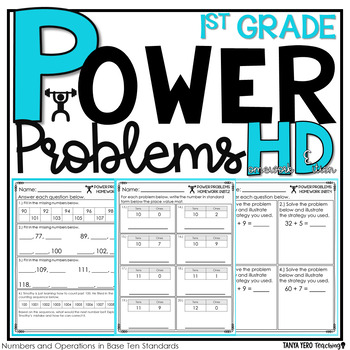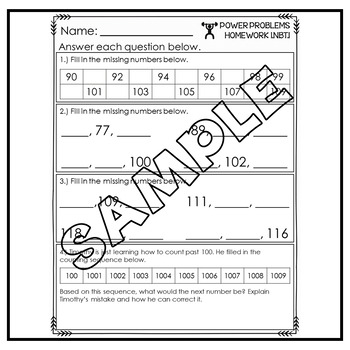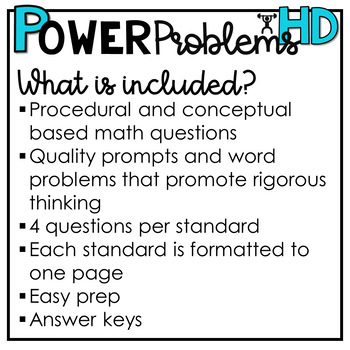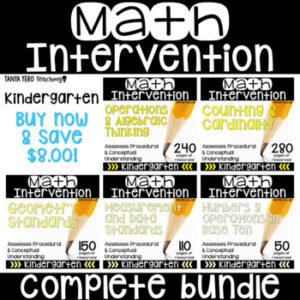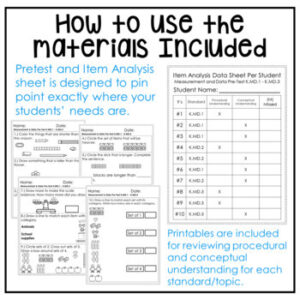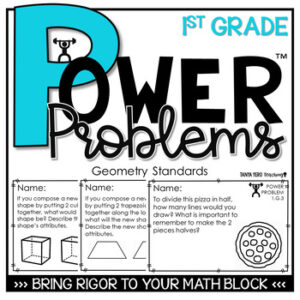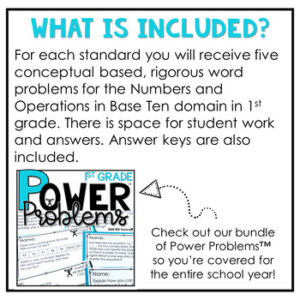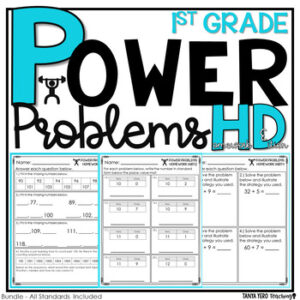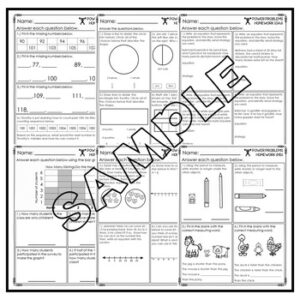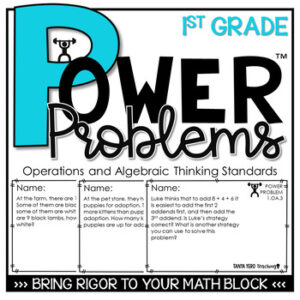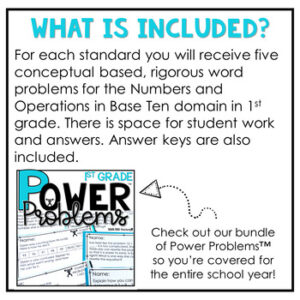Description
This purchase contains 4 questions for each standard in the Numbers and Operations in Base Ten domain for 1st grade. Use these printables for short, but effective homework assessments.
EACH SHEET HAS FOUR QUESTIONS THAT ARE MEANINGFUL AND RIGOROUS. NO MORE HAVING YOUR STUDENTS COMPLETE REPETITIVE PROCEDURAL QUESTIONS THAT ONLY SKIM THE SURFACE OF THINKING!
What’s included in this product?
•Conceptual based math questions
•Quality prompts and word problems that promote rigorous thinking
•4 questions per standard
•Each standard is formatted to one page
•Easy prep
•Answer keys
Standards and Topics Covered
Number and Operations in Base Ten
➥ 1.NBT.1 – Count to 120, starting at any number less than 120
➥ 1.NBT.2 – Understand that the two digits of a two-digit number represent amounts of tens and ones
➥ 1.NBT.3 – Compare two two-digit numbers
➥ 1.NBT.4 – Add within 100, including adding a two-digit number and a one-digit number
➥ 1.NBT.5 – Given a two-digit number, mentally find 10 more or 10 less than the number
➥ 1.NBT.6 – Subtract multiples of 10 in the range 10-90 from multiples of 10 in the range 10-90
WHAT ARE POWER PROBLEMS?™
PURPOSEFUL – These problems are meant to keep students focused, while strengthening initiative and perseverance.
OPPORTUNITIES – These prompts can be used in a variety of ways. POWER Problems™ can be used to introduce a lesson, spiral review, or as formative assessments.
WITH
ENGAGEMENT – Problems are real world applicable and designed to hook students with interest and presentation. Complexity of problems promotes problem solving skills.
RIGOR – Tasks are specifically designed to challenge students and assess conceptual understanding of curriculum versus procedural understanding. Students will need to apply more than just a “formula.”
WHY USE POWER PROBLEMS?™
BUILD STAMINA WITHIN YOUR STUDENTS!
POWER Problems™ are designed to challenge your students with their open ended presentation. Majority of problems that come from textbooks and workbooks assess procedural understanding of curriculum. Some textbooks even provide step by step instructions where the textbook is thinking for the students and taking away that “productive struggle” for children. When we rob students of that event, we rob them of their ability to reason, problem solve, and see beyond a standard algorithm. POWER Problems™ are meant to show students that there are different ways to answer one question in math. With these tasks students take ownership and are part of the problem solving process versus filling in blanks in a textbook.
HOW TO USE POWER PROBLEMS™:
YOUR KIDS. YOUR CHOICE. FLEXIBILITY.
TO INTRODUCE A LESSON – POWER Problems™ can be used to introduce a new skill. In this case your students will experience a “productive struggle.” Their problem solving skills and prior knowledge will kick in. Often times most of my students will have the incorrect answer or no answer at all. I then have someone explain their method/reasoning and allow my students to critique their peer’s answer. This makes for great accountable talk discussions. If I see that most students do not have an answer I will assist the class in getting to a specific point and then allow them to finish independently.
SPIRAL REVIEW – Avoid your students forgetting standards, by using POWER Problems™ to spiral review previously taught lessons.
FORMATIVE ASSESSMENTS – You can use these problems to assess mastery and levels of understanding.


